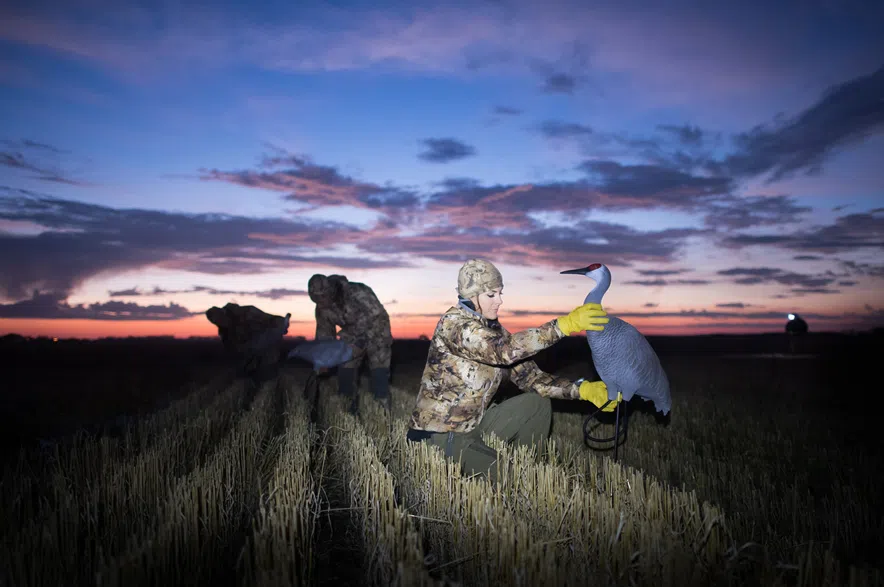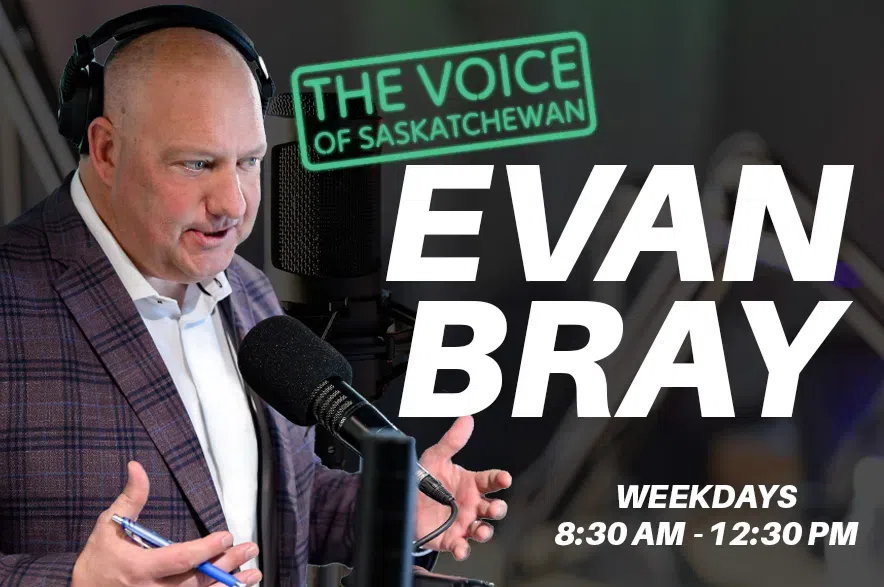It’s been a hectic summer for many in the north of Saskatchewan.
With constant fires, smoke advisories, and evacuations plaguing the area, it’s been anything but normal for businesses.
Read more:
- ‘Just across the river:’ Fires near Île-à-la-Crosse subdivisions keep crews busy
- La Ronge man charged with arson after allegedly starting major Weyakwin-area wildfire
- Devastating wildfires have trappers bracing for ‘catastrophic losses’
According to the Saskatchewan Public Safety Agency (SPSA), as of 1 p.m. on Sept 7, there were 38 active fires still burning in the province.
Six are considered to be contained, 26 are under ongoing assessment, two are considered not contained, and four are labelled as protecting values.
Contained means suppression action is taking place and the fire is not expected to grow in size, ongoing assessment means the fire is being monitored regularly to assess risk to values in the area and not contained means suppression action is taking place but the fire is expected to grow in size, according to SPSA. Protecting values means a fire is active and action is focused on protecting things like cabins and infrastructure.
SPSA says there have been 485 fires in Saskatchewan so far in 2025. The five-year average to date for Saskatchewan wildfires is 422.
The fires haven’t just caused issues for communities, they’ve wreaked havoc on northern businesses.
Roy Anderson, acting CEO of the Saskatchewan Commission of Professional Outfitters said this year’s fire season had had a major impact on the outfitting industry.
“They operate across the province, but a great number of the majority of the angling and big game outfitters operate in the forest in the northern parts of the province, so you know, where the wildfires were most prevalent this year,” he said.
“So the loss of operations and the cancellation of clients’ trips resulted in overall revenue losses of north of $4 million just over the early part of the season,” said Anderson.

Two people crouch in a dark field while wearing camouflage, setting up waterfowl decoys. (Saskatchewan Commission of Professional Outfitters)
While that number may seem large, Anderson said that the number could be much higher.
“So that $4 million that we’re estimating right now does not include the loss of the hunting habitat or the actual loss of camp and camp infrastructure which, of course, will lead to losses for the next five to 10 years as outfitters aren’t able to operate their businesses,” he said.
It wasn’t just the fires that had an impact on outfitters. Anderson said that there were multiple factors that played a role.
“… things such as road closures that limit the ability of clients to get to the destination … and air access,” he said.
“The regulatory changes that were made to reduce the potential for additional wildfires, such as the ATV/UTV ban, carried significant impacts, as a large number of the outfitters operating at that time of year use those vehicles to transport their clients to and from the hunt locations and angling locations.”
As for the impact on the province’s economy, Anderson said that it’s a very unique industry that could see the effects of this year’s wildfires for some time.
“The majority of outfitter clients come from the U.S., and it’s a very high-yielding tourist visit,” he said.
“I like to say lots of times, north of 35,000 Americans come in and out of Saskatchewan each year, and most of our public don’t see them, because they come in and they go up to the outfitters’ camp, they have an outfitted experience, and then they go back to the States, so it’s a significant contributor to the economy of the province and one of the high-hielding segments of the tourism industry.
“These impacts and the realities are that wildfire season this year will compound and ripple through for the next couple of years,” Anderson said.
“In addition to those camps that are lost to fire, when you have to cancel, postpone and push clients out due to proximity of the wildfires or the related factors such as access and regulatory changes, that ripples through as outfitters work to accommodate these clients in next year’s business,” he said.
Anderson said many northern outfitters purchase their own gear ahead of the season, meaning a loss in clientele and cancelled trips could mean a large amount of sunk costs, as outfitters have already spent that money on supplies.
Read more:











